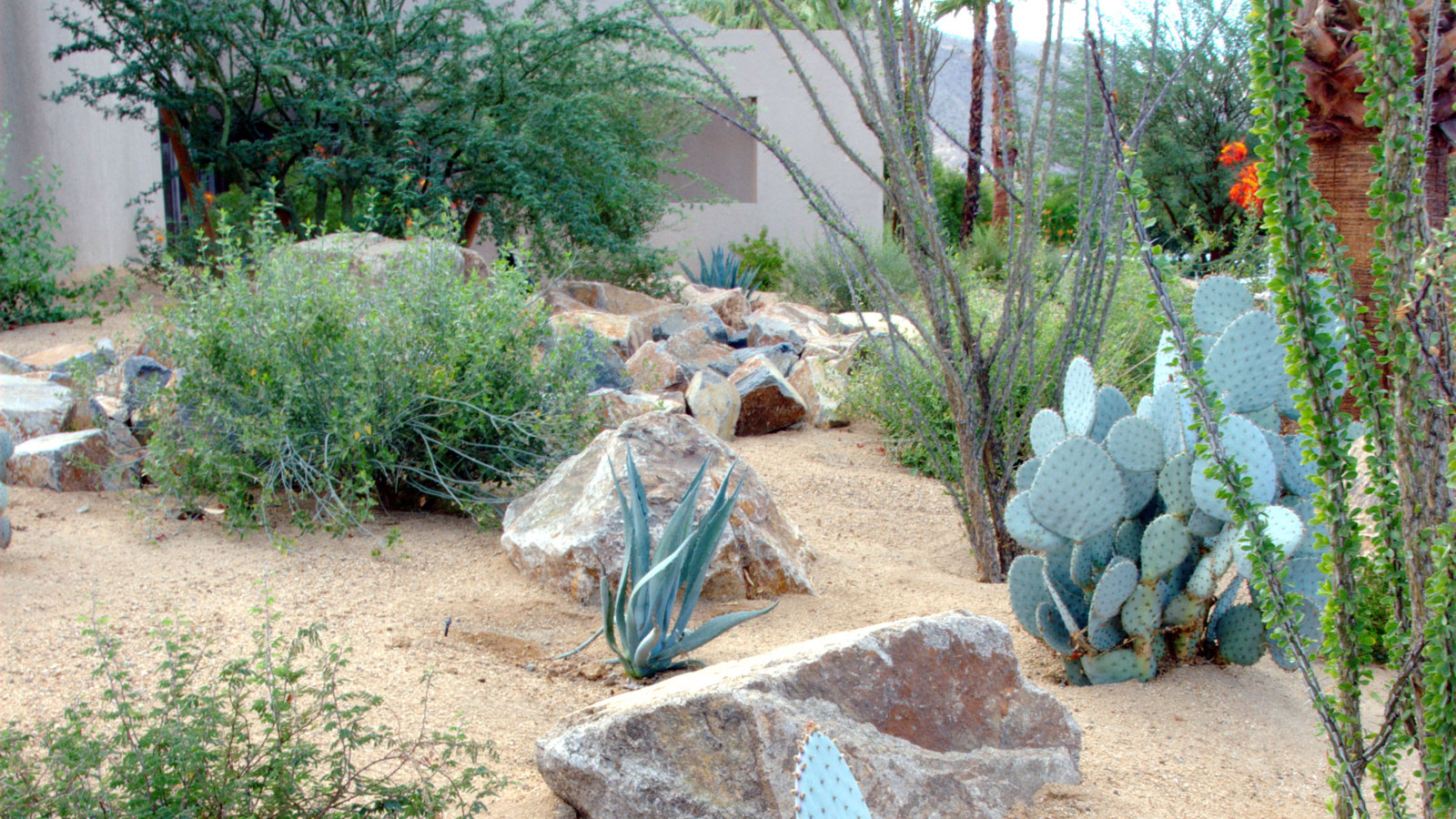
Opting for a xeriscaping project to conserve water is a big endeavor, and it's easy to make mistakes especially if you're tackling this on your own. Get it right and you'll conserve water as well as create the yard of your dreams. But if things go wrong you could end up seriously underwhelmed by your new design, as well as having to pay out to put things right.
From neglecting to plan your new xeriscaped design properly to choosing the wrong landscaping materials, plants or irrigation system, simple mistakes can easily add up and in the worst scenario will detract from your enjoyment of your new outdoor space. You certainly don't want to end up with a barren look that's a million miles away from what you originally envisaged.
These 7 xeriscaping mistakes are easy to make but also easy to avoid with our guide to xeriscaping. Here, we share expert advice on how to be water-wise yet still create a beautiful outdoor space.
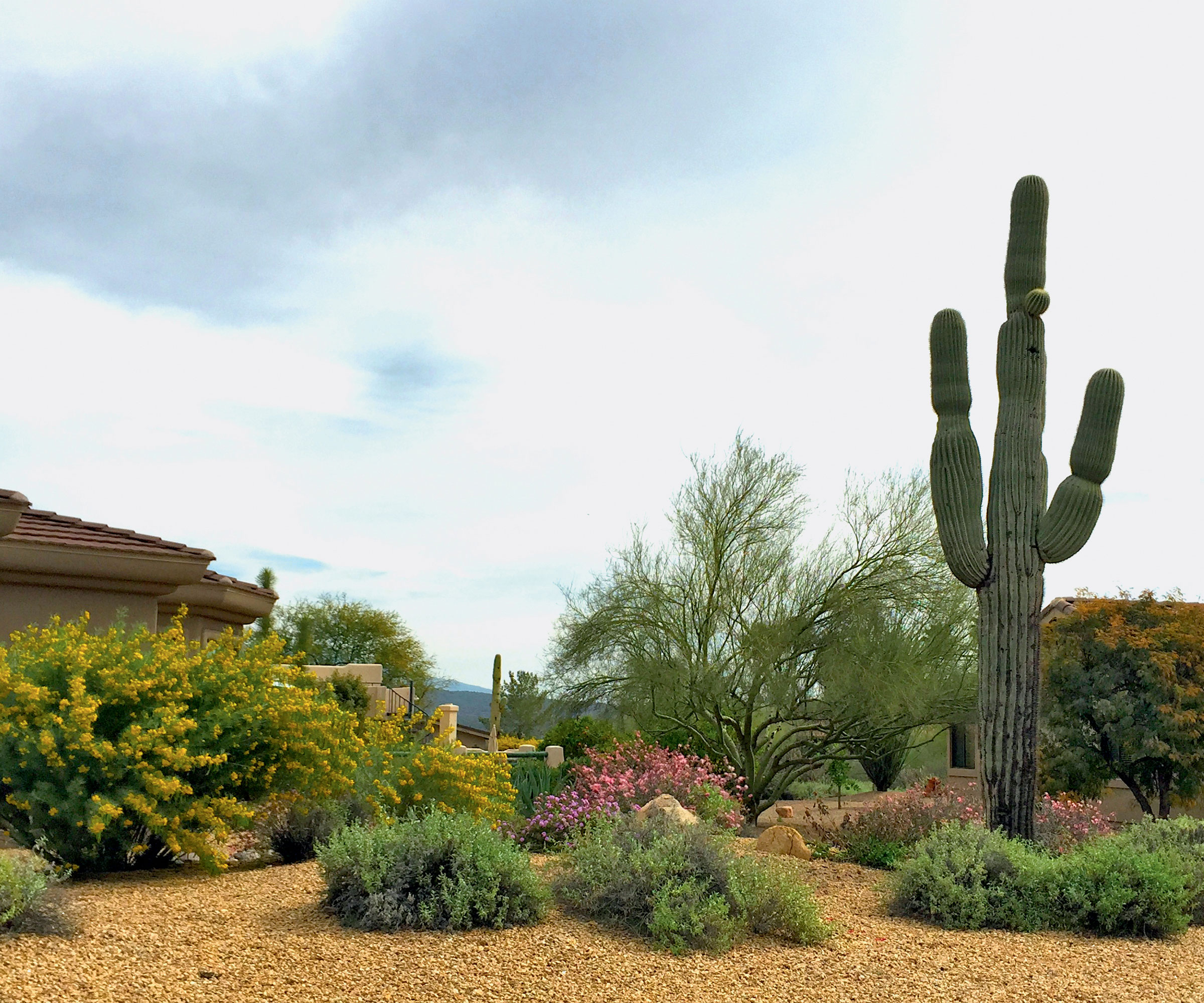
The most common xeriscaping mistakes
Xeriscaping mistakes can range from small but fixable blunders to bigger issues like miscalculating the type of landscaping materials you choose or not opting for the best xeriscaping plants, which are tricky to correct once everything else is in place.
The easiest way to avoid making mistakes is to follow our expert advice to make sure you get your xeriscaping project off to a flying start and see it through to successful completion.
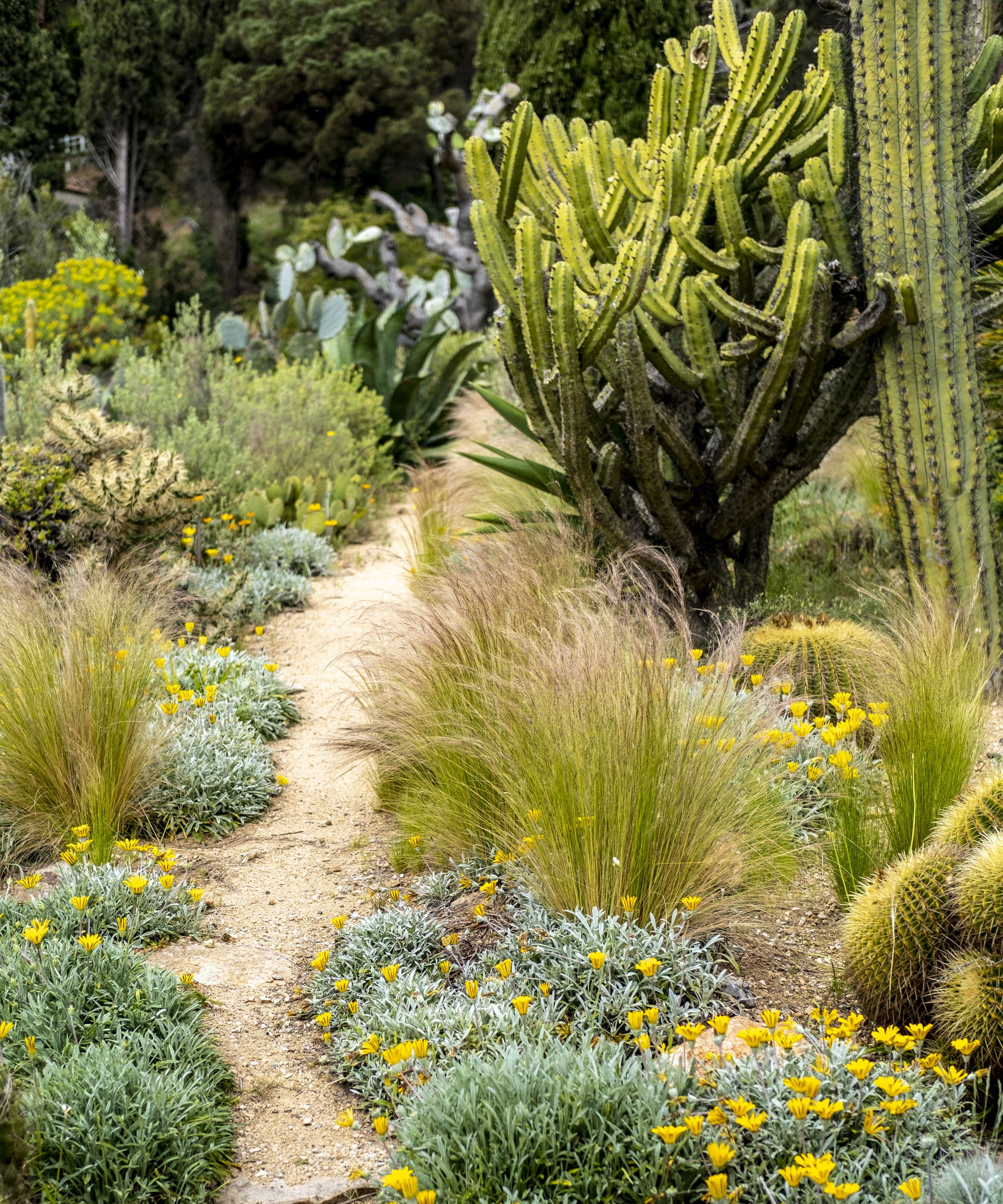
1. Rushing the design and not getting the aesthetics right
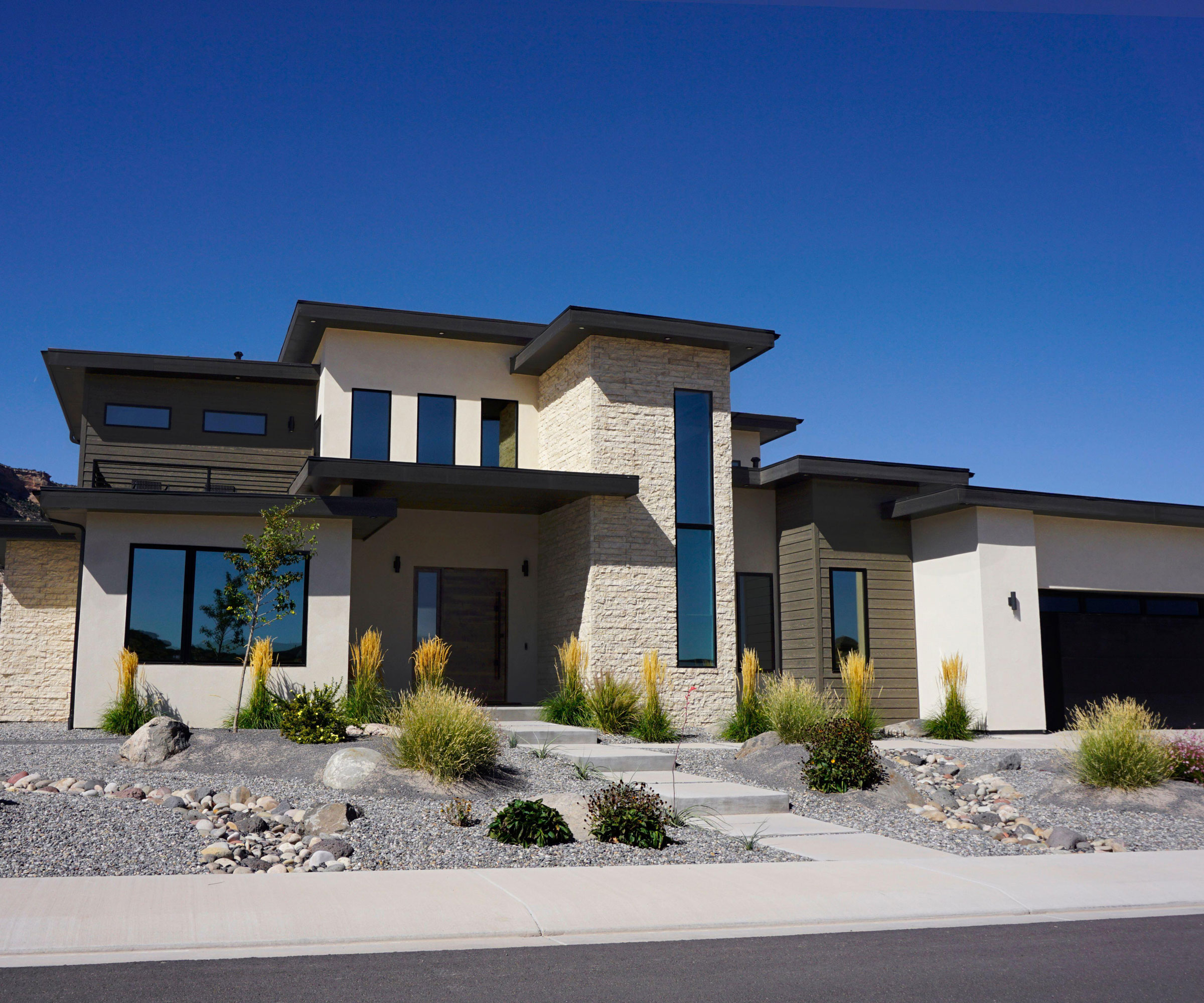
Switching your garden design over to xeriscaping is a big decision. Whether you want to rework an existing landscape, come up with a new design or enhance your sustainable garden ideas, you'll need to start with a firm plan. You can do this yourself but often it's a good idea to call in a landscape specialist for advice. Otherwise, you may end up disappointed with the design, one of the most common xeriscaping mistakes people tend to make.
'Many first-time xeriscapers opt for a stark approach: remove all greenery, lay down some decomposed granite, plant a few cacti, and call it done,' says landscape specialist Marek Bowers of Bolder Green. 'Instead, think of places like the Sonoran Desert for inspiration. Even though it's a desert, it's a biodiverse rainbow of unique plants and striking natural features that create a vibrant and dynamic landscape.'
One of the key design points when coming up with drought-tolerant landscaping ideas is to remember that just because you're removing heavy water consumers like lawns and thirsty plants, it doesn't mean your xeriscape needs to look like a barren wasteland.
2. Favoring drought-resistant plants over native ones
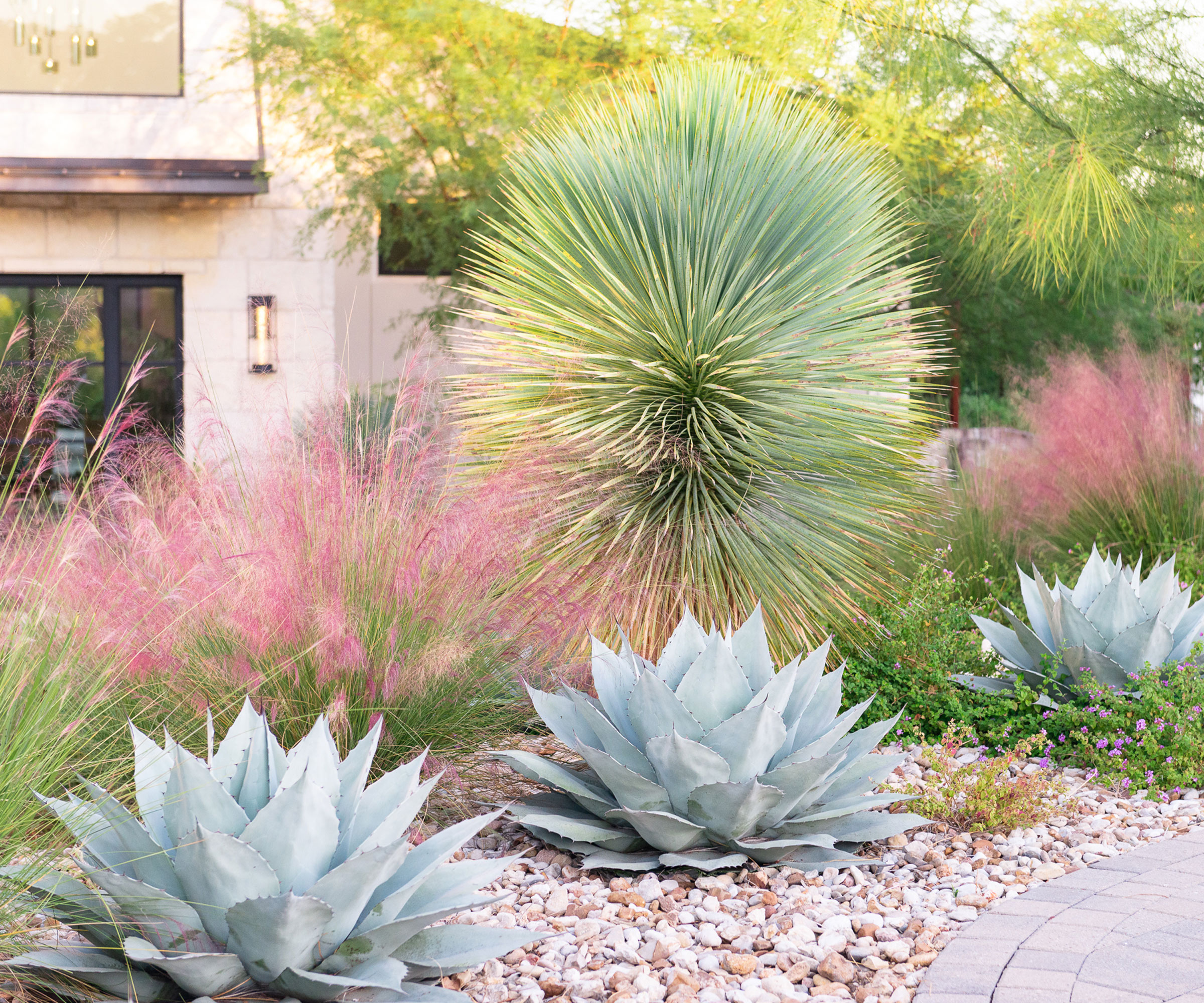
Currently, there is an important movement going on towards planting native flora to help biodiversity and support native insects and birds. But one of the main xeriscaping mistakes is the tendency to focus on water conservation and choosing drought-resistant plants over native plants. While this keeps water usage down, it doesn't support native ecosystems.
'The thought behind xeriscaping is to reduce your water consumption by removing plants that require significant irrigation to thrive,' says Marek Bowers. 'It's easy to find drought-tolerant plants to replace these heavy water consumers, but it's always important to research and design your landscape with plants that are native to your area.'
Native plants better support local wildlife and biodiverse ecosystems, as they attract pollinators like bees, butterflies, and hummingbirds, as well as being more likely to thrive. Some non-native species can become invasive, and may not adapt to your climate and soil conditions, which means more input from you to keep them alive.
A yard filled with native plants can look so beautiful. 'The key to preventing your yard from looking dry and drab is to find native plants with different heights, spreads, fullness, textures, colors, and blooming seasons,' says Marek. 'You can juxtapose your plants with hardscaping elements like rocks, gravel paths, and decorative stones to create visual interest and contrast in your landscape'.
One native drought is blue vervain, a popular drought-tolerant plant, available from Walmart.
3. Replacing all the soil with gravel
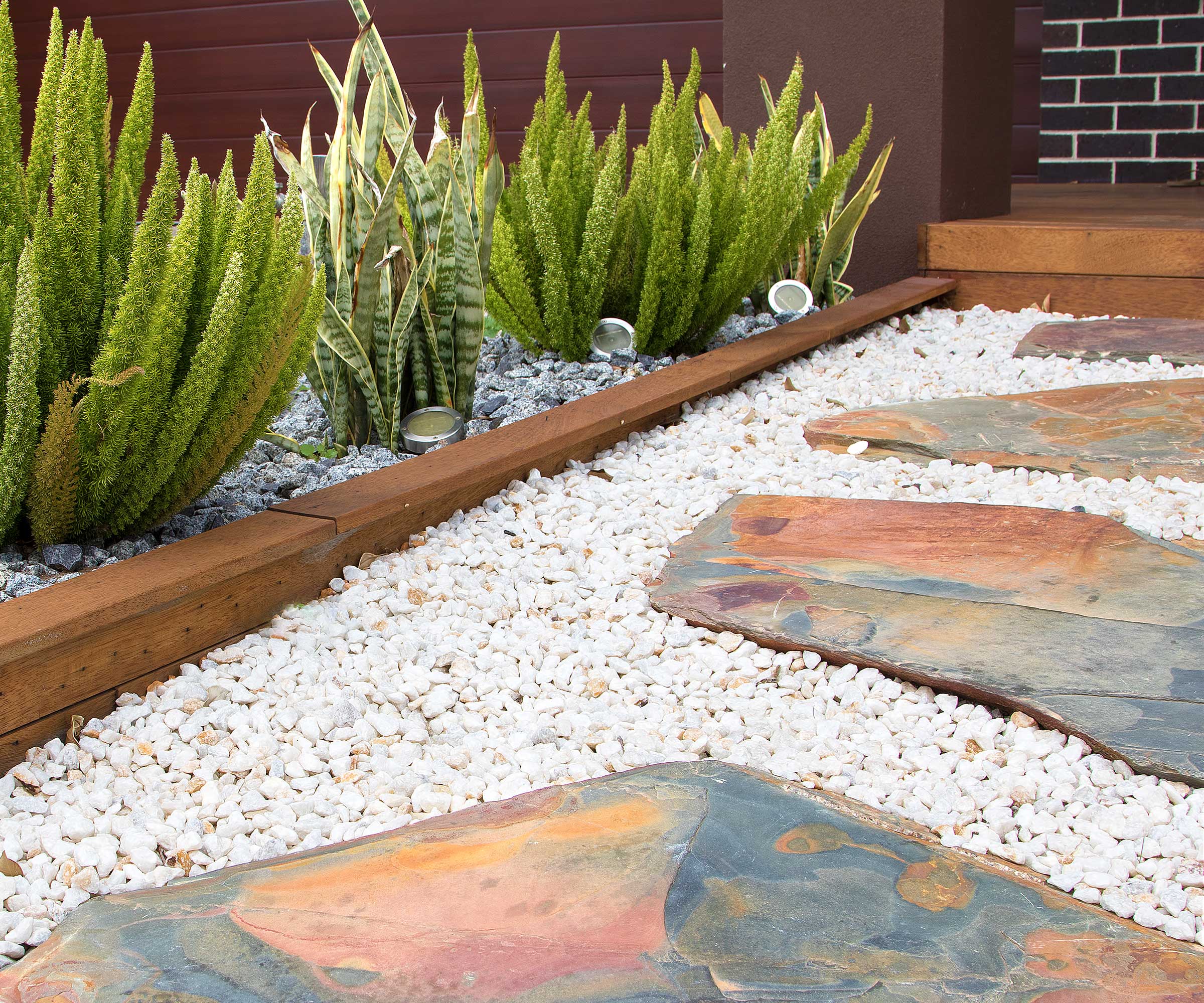
It's one of the common xeriscaping mistakes to assume you need to remove all the topsoil and replace it with materials like gravel and crushed stone chippings to get that landscaping element of the dry garden look. While it's true that many plants thrive if planted directly in gravel others need a rich cushion of soil.
In fact, poor soil prep is one of the biggest xeriscaping mistakes people make. Never assume that just because xeriscaping plants are drought-tolerant this means they can thrive in poor soil.
'Before planting, it's a good idea to have the soil in your yard analyzed to determine its pH (acidic/alkaline) level,' according to the experts at the Xeric Gardening Club of Albuquerque. Soil test kits are available from Walmart.
'Next, determine your yard's soil composition. Some soils will need amendment to a degree, depending on the plants you choose for your landscape.' Amendment is the improvement of your soil through the addition of organic materials such as mulch or compost.
4. Losing the lush foliage for too many waxy, spiny types
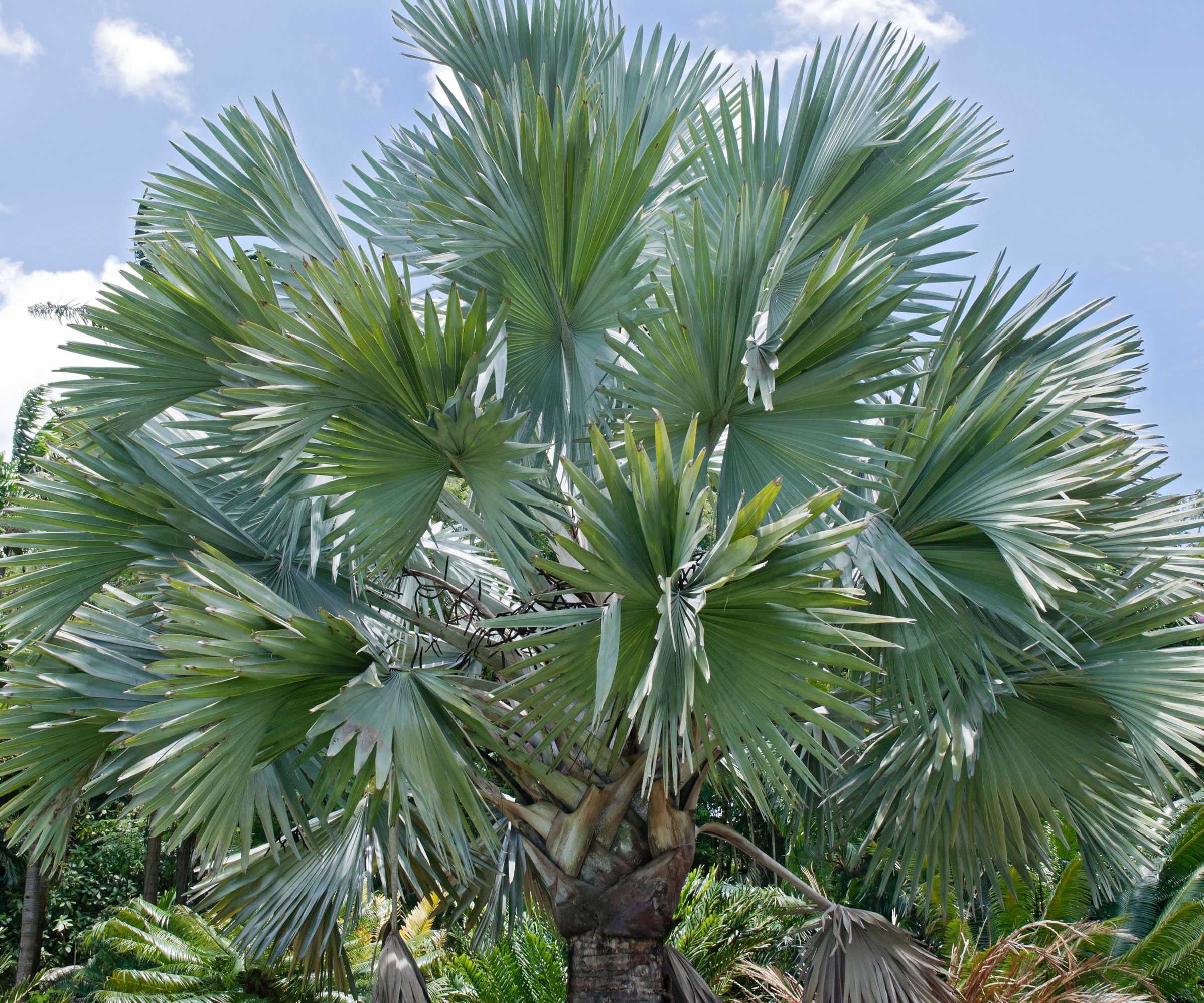
The plants used in a xeriscaped space often are tough types that have adapted to thrive in hot, dry conditions. Common adaptation features of xerophyte plants are spines instead of leaves (such as cacti) as they lose less water, thick waxy cuticles (like succulents) to help lessen water loss through transpiration, silver foliage plants and smaller leaves (such as creeping sedum) that ensure less water is lost as the leaf has a smaller surface area.
The starker landscape that results in wholeheartedly adopting this style of planting means that your garden may lose all its wonderful leafy specimens, and as a result, will feel less like a tranquil space. Be sure to include varieties like Euphorbia, Bougainvillea (which has the bonus of blooms too!), sago and Bismark palms in your landscape too.
Before replanting, first evaluate rainfall and temperature, as well as light and the condition of your soil to establish the full range of plants that will thrive. Your xeric landscape doesn't have to be done all at once. Instead, experiment with planting in phases to see how the look develops. Wherever possible always keep native vegetation that's already happily established in your yard.
5. Creating a landscape that means more maintenance for you
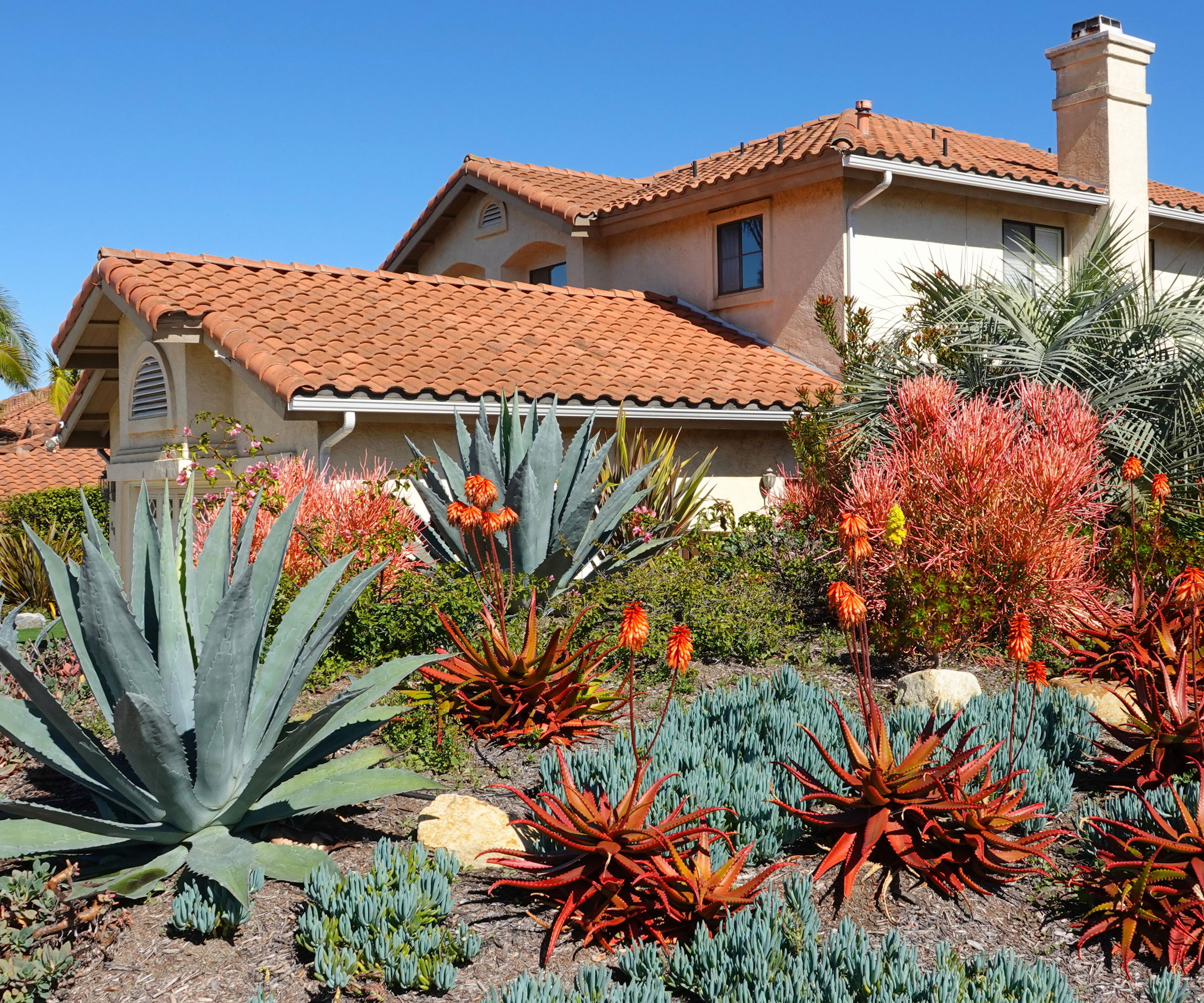
There is a fairly common assumption that taking out your turf will transform your life and reduce the hours spent maintaining your yard. But remember the lawn needs to be replaced with plants and landscaping that will need looking after too.
While xeriscapes are low maintenance it's worth pointing out that they are not maintenance free. A xeriscaped yard is often seen as a low-maintenance choice but it will still need weeding, mulching, irrigating and occasional pruning.
When planning how to design a drought-tolerant yard, as well as factoring in no grass front yard ideas, a world of interesting design and planting possibilities will open up that are sustainable, look beautiful, and also reduce your water usage.
6. Failing to use mulching materials
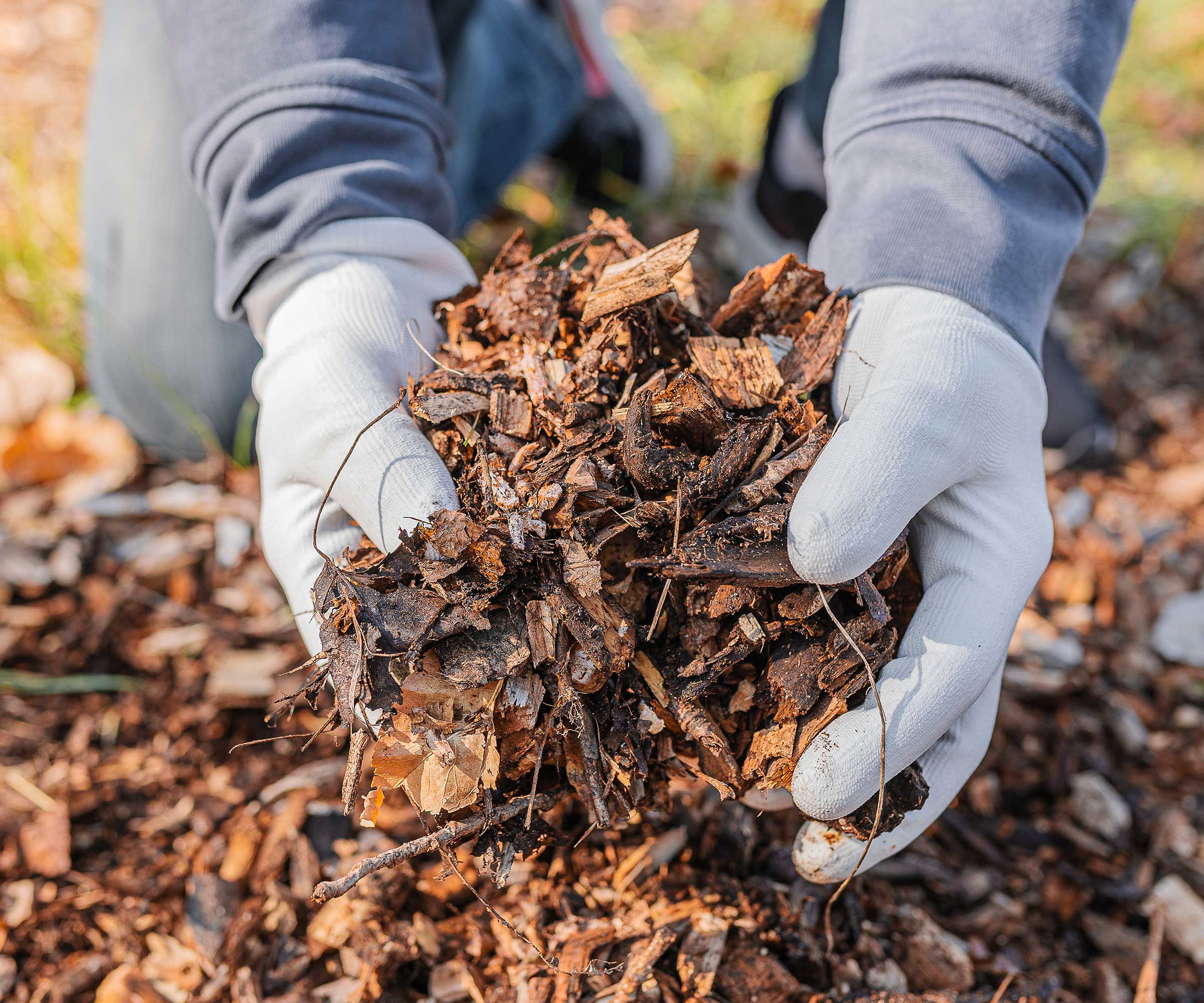
If you live in a dry climate failing to use mulching materials like shredded bark, pine needles, gravel and stones is another one of the common xeriscaping mistakes to be avoided. Mulch is a climate-friendly material that's important for retaining moisture in soil to benefit planting, reducing water usage, and slowing soil erosion.
'A true xeriscape is a beautiful landscape composed of low water-use plants, native or adapted to the climatic conditions where they are planted,' says horticulturist Noelle Johnson, author of Dry Climate Gardening, available from Amazon.
'Organic or inorganic mulches are incorporated around the garden to reduce water loss. As a result, xeriscapes not only use less water but take less maintenance and are resilient to the challenges of dry climate gardening.' Mulches are available from Walmart.
7. Misunderstanding your yard's water requirements
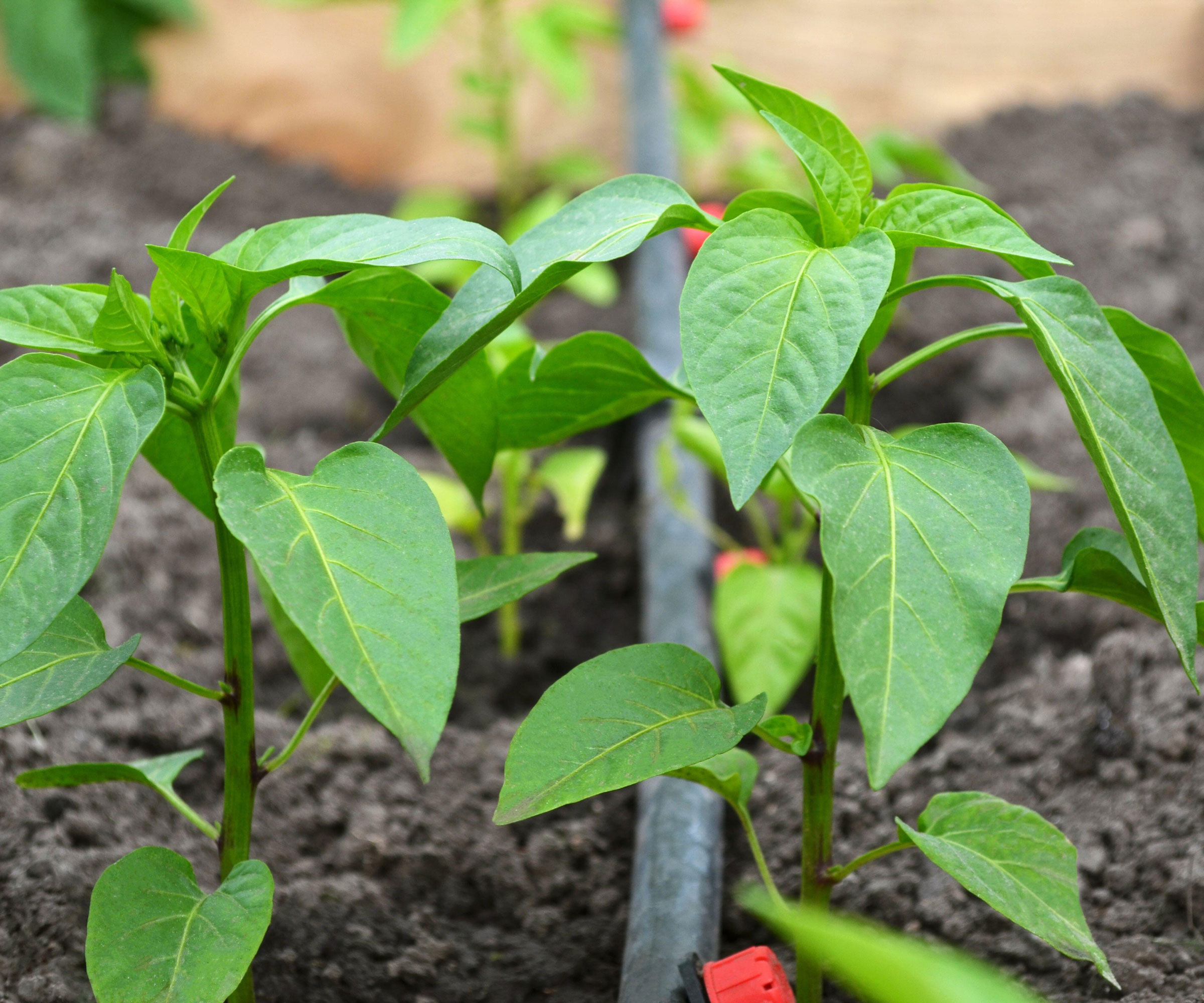
The main aim of xeriscaping designs is to reduce water waste in your yard and eliminate the need for irrigation, using little or no water beyond what the natural climate provides. This means reducing water waste in your yard. But when choosing plants for your xeriscape it's still important to take into account their varying water needs and come up with a plan to irrigate the whole scheme when you need to, not just parts of it.
'Even drought-tolerant plants need some water, especially when newly planted,' says Marek Bowers. 'Avoid overwatering, but don't neglect watering altogether. I highly encourage a drip system, which can be set up for a low upfront cost compared to a sprinkler system.'
Drip irrigation and soaker hoses produce droplets of water at the base of the plant where it's needed, instead of a mist via a spray attachment. They deliver water slowly on or below the surface of the soil, which reduces water loss due to runoff and evaporation. They are easy to install and modify, and you can enlarge the system as new plants are added. They are widely available from garden centers.
It's also a good idea to group plants together that have similar water needs. For example, separate water-thrifty plants from those that need more irrigation but even then don't overwater xerophyte plants.
FAQs
What is zero vs xeriscaping?
You may have heard the term zeroscaping lately too. Popular in desert areas, it's used to describe a sterile landscape comprising lots of gravel, a boulder or two, and maybe a couple of plants, almost as an afterthought.
This gardening 'style' isn't one for the plant lovers out there, as in an ideal scenario it would probably eliminate plants.
While a properly designed xeriscaped yard creates a place of beauty in the urban landscape, a zeroscape consists of basically zero (no surprises there) plants. It may have a plant here and there, but mostly it will feature lots of gravel.
One of the few positives about zeroscaped yards is that they are one of the cheapest, low-maintenance landscape options you can choose.
Now you're up to speed on what not to do when xeriscaping. With proper planning and design, these unique spaces can be both attractice, sustainable and thrive.
Discover how to plan a dry garden and take inspiration from our desert landscaping ideas.







